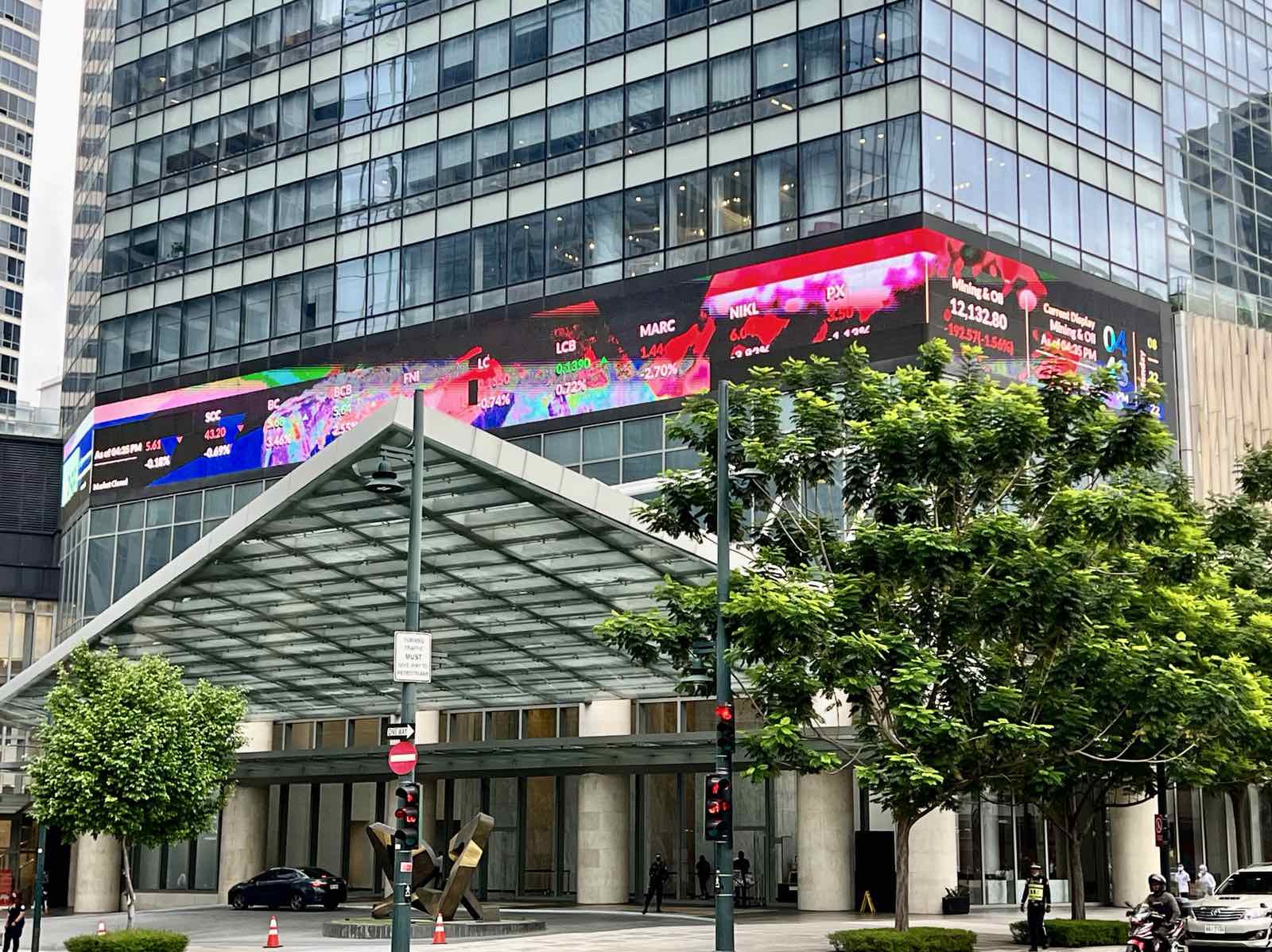
INFLATION is expected to settle firmly within target amid the improving economic outlook with the Bangko Sentral ng Pilipinas (BSP) in August revising its risk-adjusted forecasts to 3.3 percent for this year and 2.9 percent for 2025.
The 2024 projection is up from 3.1 percent in June while that for next was cut from 3.1 percent previously. Both, however, fall within the 2.0- to 4.0-percent goal, and the BSP said this would be due to base effects following the sharp price surges in oil and rice seen late in 2023.
"Over the medium term, inflation may ease further due to the slowdown in global commodity prices amid subdued global growth prospects," BSP Gov. Eli Remolona Jr. told The Manila Times.
Monetary authorities tightened policy beginning in May 2022 as inflation surged in the wake of Russia's invasion of Ukraine. The rate hit a 14-year high of 8.7 percent in January last year but has since eased to 3.3 percent as of August 2024.
The restrictive monetary policy effectively anchored inflation expectations, Remolona said, minimizing the risk of second-round effects on prices.
He said consumer price growth was expected to remain within target to 2026 due to a slowdown in global commodity prices amid subdued global growth prospects.
"The BSP promotes sustainable economic growth by maintaining price stability, ensuring that monetary policy settings are always appropriate," Remolona noted.
"Amid a within-target inflation outlook, the BSP now sees some scope to gradually shift toward less restrictive monetary policy settings to help support domestic demand," he added.
Surging inflation prompted the central bank's policymaking Monetary Board to raise the benchmark rate to 6.5 percent, an over 17-year high, with its last hike an off-cycle 25 basis points (bps) in October 2023.
After inflation returned to target last December, and despite an uptick earlier this year that led to a breach of 4.1 percent in July, Remolona said in May the BSP could begin cutting ahead of the US Federal Reserve.
This led to the peso falling to the P58:$1 level, but the BSP chief stood his ground, and the currency strengthened a bit. A 25-bps cut was ultimately ordered in August, ahead of the US central bank that only started easing in September, and the peso has since returned to P55:$1 territory.
The benchmark rate now stands at 6.25 percent and — following the Fed's jumbo 50 bps cut — Remolona said two more 25-bps reductions could follow before the year ends.
As tight monetary policy can hinder investment and consumption, the BSP chief has said cutting rates would help boost household spending and thus lift economic growth.
Risks to the inflation outlook, the Monetary Board said in August, "could come from higher electricity rates and external factors." Food prices are no longer a particular concern, as well as minimum wage hikes that were flagged earlier in the year.
The BSP chief said wage hikes had not contributed significantly to inflationary pressures. He noted that a sustained increase in labor force participation and a recovery in employment following the pandemic suggested a healthy labor market.
"In addition, the risk of wage-price spirals becoming entrenched is low in the Philippines, partly due to institutional arrangements governing minimum wage adjustments across the country," Remolona said. "[S]upply-side factors will continue to drive inflation over the policy horizon."
Read The Rest at :








